About Formic Acid
Formic acid, also known as methanoic acid, is a simple organic compound with the chemical formula HCOOH or CH2O2. It is the simplest carboxylic acid, and its name comes from the Latin word for ant, "formica," because it was first isolated from ant venom.
Formic Acid Properties:
1. Chemical formula: CH2O2
2. Molar mass: 46.025 g/mol-1
3. Appearance: Colorless fuming liquid
4. Odor: Pungent, penetrating
5. Density: 1.220 g/mL
6. Melting point: 8.4 degree centigrade
7. Boiling point: 100.8 degree centigrade
8. Solubility in water: Miscible
Formic Acid Applications:
1. Preservative and Antibacterial Agent: Formic acid is commonly used as a preservative and antibacterial agent in livestock feed. It helps prevent the growth of molds and bacteria in silage and animal feed, thereby preserving its quality and nutritional value.
2. Leather Industry: In the leather industry, formic acid is used in the tanning process. It helps to remove hair and other unwanted substances from animal hides, as well as to adjust the pH of the leather during processing.
3. Textile Industry: Formic acid finds application in the textile industry for various purposes. It is used in dyeing and printing processes to adjust the pH of dye baths and fix dyes to fibers. Formic acid can also be utilized in textile finishing to impart certain properties to the fabric, such as wrinkle resistance or flame retardancy.
4. Rubber Industry: In rubber manufacturing, formic acid serves as a coagulating agent during the production of latex products. It helps to precipitate rubber particles from latex, leading to the formation of solid rubber.
5. Cleaning Products: Formic acid is a component in some cleaning products, particularly those designed for removing scale, rust, and mineral deposits. Its acidic properties make it effective for dissolving and loosening these types of residues from surfaces.
6. Chemical Synthesis: Formic acid is used as a precursor in the synthesis of various organic compounds. It can react with alcohols to form esters, with bases to form formate salts, and with other chemicals in a range of chemical reactions.
7. Biological Applications: Formic acid has been investigated for its potential biological applications, including its use as a disinfectant, antimicrobial agent, and even as a component in certain medications. Additionally, formic acid is produced naturally in the bodies of certain organisms and plays roles in metabolic processes.
8. Oil and Gas Industry: Formic acid can be used in the oil and gas industry for various purposes, such as acidizing wells to enhance production or as a component in drilling fluids for its corrosion inhibition properties.
Formic Acid FAQ:
1. Where does formic acid come from?
Ans: Formic acid can be produced synthetically in industrial processes. It is also found naturally in various organisms, including ants, where it serves as a venom. It's also present in the stingers of bees and certain plants.
2. What are the main uses of formic acid?
Ans: Formic acid has diverse industrial applications. It is used as a preservative and antibacterial agent in livestock feed, in leather and textile manufacturing, in cleaning products, and as a chemical precursor in various processes.
3. Is formic acid dangerous?
Ans: Formic acid is corrosive and can cause skin burns and eye damage. Proper safety precautions must be taken when handling it, including the use of protective equipment and adequate ventilation.
4. Can formic acid be used in medicine?
Ans: Formic acid has been investigated for potential medical applications, including as a disinfectant and antimicrobial agent. However, its use in medicine is limited due to its corrosive nature and toxicity at high concentrations.
5. How is formic acid disposed of?
Ans: Formic acid should be handled and disposed of according to local regulations and guidelines. Typically, it is neutralized before disposal to minimize environmental impact.
6. Is formic acid environmentally friendly?
Ans: While formic acid has various industrial applications, its environmental impact depends on factors such as concentration, usage, and disposal methods. In some cases, it can be considered more environmentally friendly than alternative chemicals, but proper handling and management are essential to minimize adverse effects.
7. Can formic acid be used as a biofuel?
Ans: Formic acid has been studied for its potential as a hydrogen storage medium and as a fuel for fuel cells. Research into its use as a biofuel is ongoing, but practical applications are still in development.
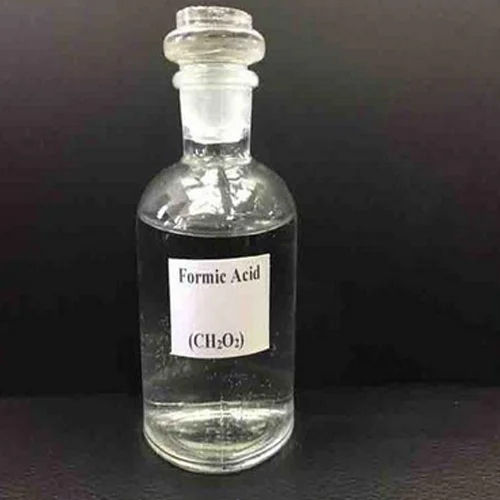


 Send Inquiry
Send Inquiry
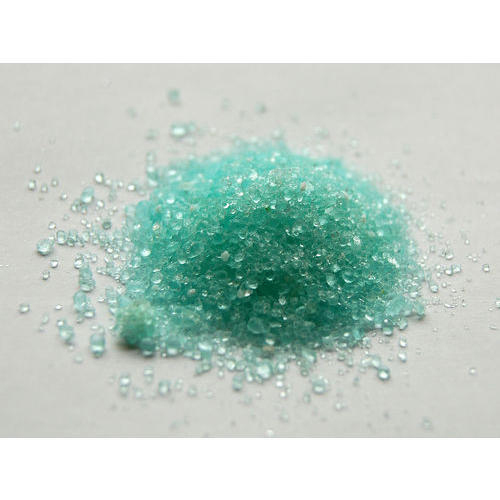
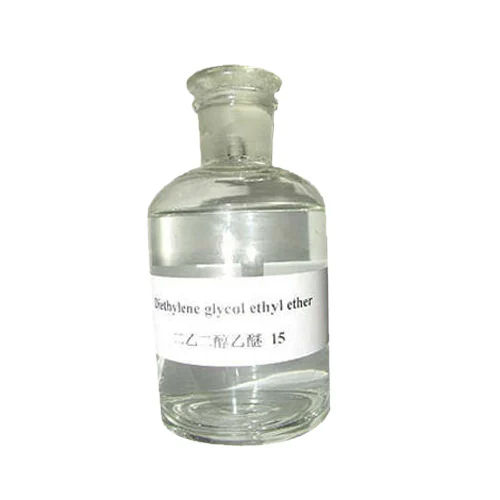
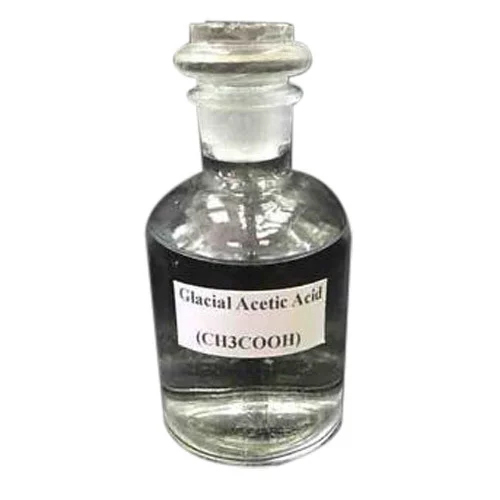
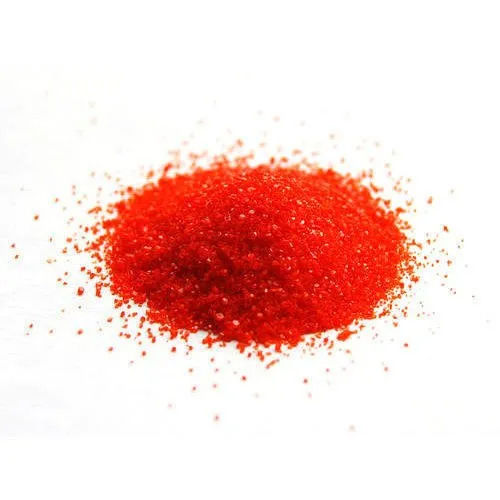
 Call Me Free
Call Me Free
